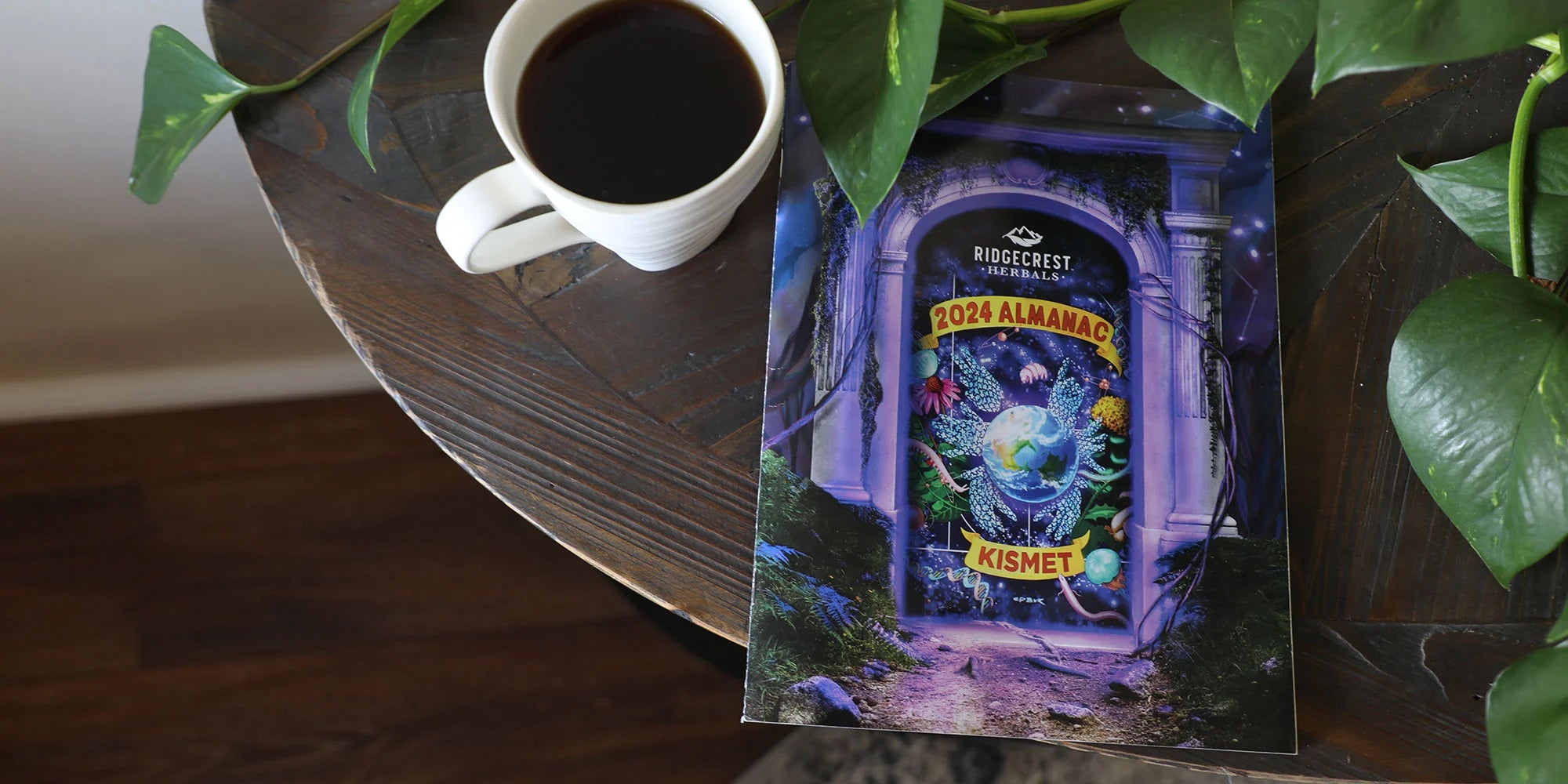Introduction
I love the results, but working out is not fun for me. There is one exception: when I have a friend join to help challenge and encourage me. I always do better when I have a buddy next to me, sweating and cheering me along. Plants can be the same way. They enjoy growing and fruiting next to their plant buddies. This is the basis for a gardening concept I have begun researching called companion planting. By putting certain plants together, you increase the likelihood that they will thrive and produce better than they would on their own.
Why try companion planting?
In the wild, companion planting happens naturally, forming a symbiotic ecosystem where each plant serves a purpose for the benefit of the whole. Mimicking this system within your garden will encourage growth, ward off pests, reduce disease, and can improve crops' flavors.
Most gardeners deal with pests that enjoy munching on their flowers and vegetables. Lavender is a general insect repellent for ants, aphids, fleas, ticks, and mosquitos; it discourages crickets, grasshoppers, mice, moths, and rabbits. It also attracts beneficial insects like butterflies and bees. Rosemary is great for attracting pollinator insects and discouraging detrimental insects, such as flies and mosquitos.
Herbs aren’t the only good garden companions. Flowers can help too. Hibiscus is a wonderful trapping plant that attracts aphids, mites, and whiteflies. It also attracts predaceous insects that will consume garden pests. Petunias are another great companion flower you can plant with beans and potatoes, as they help ward off beetles. They also repel aphids, helping lettuce, squash, and tomatoes. Even better, petunias are not typically bothered by pests, so you needn't worry about them attracting unwanted garden guests.
There is a flip side to companion planting; you should avoid planting certain plants together. The following plants tend to fight each other for resources or are susceptible to the same pests and diseases. It's best to keep them separate to avoid unnecessary drama:
- Beans and onions. Onions exude a chemical that can stunt the growth of beans when planted too closely.
- Tomatoes and corn. Both suffer from corn earworm. It’s best to keep them separate to prevent the spread of this disease.
- Carrots, coriander, and dill. Coriander and dill produce compounds that can harm carrots and will impede their development.
Try it in your garden
Now that we have a basic understanding of companion planting, it's time to create our garden fantasy team. I've chosen five plants that interact well and are easy to grow.
- Carrots can come in various colors and are rich in calcium and phosphorus, making them a perfect garden vegetable. Radishes are a great friend to carrots; they loosen up soil when they sprout and allow carrot roots to grow more efficiently. Radishes germinate faster than carrots, so you can plant radish seeds around the same time you plant carrot seeds; they’ll have loosened the soil by the time the carrots start to grow.
- Cucumbers are one of the easiest plants to grow, perfect for beginning gardeners. A best friend to the cucumber is beans, which provide much-needed nitrogen into the soil. Since cucumbers send down one large taproot and their remaining roots stay thin and shallow, they are great buddies with carrots, radishes, and other root vegetables as they won't interfere with growth.
- Green beans are one of the most versatile companion plants due to the nitrogen they naturally release as they grow and decay. The Indigenous peoples used a planting system called the “Three Sisters,” a great early example of companion planting. They planted corn, pole beans, and squash in the same place; these three plants work together in a symbiotic relationship.
- Radishes are full of vitamins and antioxidants and are quick growers; you can harvest and replant several times in a season. Radishes enjoy hanging out with cucumbers and beans as both provide proper shade from the summer sun.
- Sunflowers are easy to grow, and there are several types: tall, midsize, and short. When sunflowers are planted next to cucumbers, they increase the sweetness of the fruit. The tall variety is excellent at offering shade to green beans during the summer, and they attract birds to eat your bugs.
There you have it: our fantasy garden team! If you want to add to the team or make some trades for other players, a quick Google search will provide you with a large selection of additional companions for these plants. Now get out there and grow!
Check out our other blogs on gardening:
- Does the World Need Heirloom Seeds?
- Natural Pest Control
- HugelKultur
- The Basics of Composting
- Fruit Grafting
- Benefits of Vermicomposting
- Naturalizing Your Yard
- Got Weeds?
- Nighttime Blooms & Pollinators
- Natural Soil Amendments
- Companion Planting
- Lost & Forgotten Tips
- Horticulture Therapy: Psychological & Physical Benefits of Gardening
- No Till Gardening
- Container Gardening
- Happy Bees, Happy Garden
- 5 Edible Garden Blooms
- How to Make a Garden Frame
- Compost Tea Recipe
- Medicine Wheel Garden
- Mycelium in the Garden



